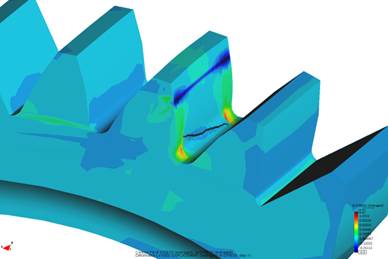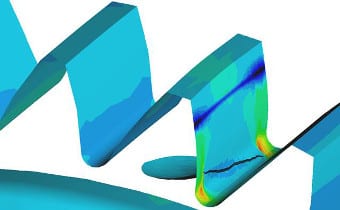Finite Element Analysis
The use of finite element analysis (FEA) has become common in recent years and is now the basis for most engineering designs. Numerical solutions to very complicated stress problems can now be readily obtained using FEA.
At MA Deacon Engineers we understand the importance of FEA. We therefore recognise that the accuracy of any modelling and solutions is fundamentally reliant on the experience and knowledge of the analyst. Our engineering team have years of practical design and manufacturing experience, combined with extensive use of FEA. Therefore we can provide you with unique pragmatic solutions for your FEA requirements.
Our FEA services utilise ANSYS, Strand7, Abacus, RAM, BCD Steel and Multiframe software, and include:
- Linear and non-linear static analysis
- Buckling analysis
- Spectral and harmonic response analysis
- Linear and non-linear steady-state and transient heat transfer analysis
- Transient dynamic behaviour analysis
- Fatigue life estimation





